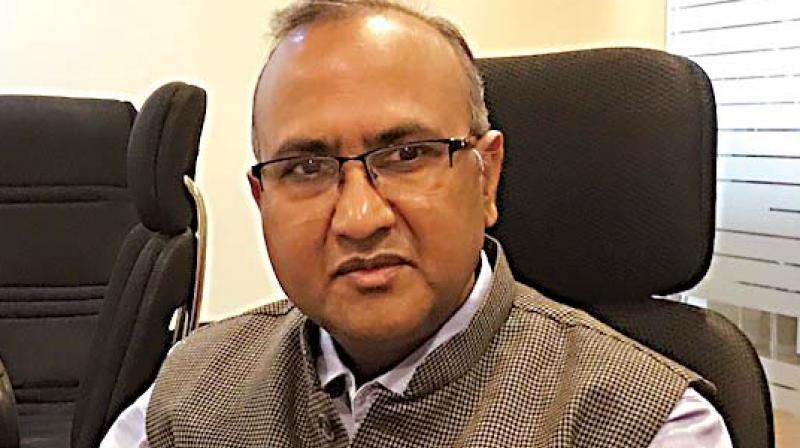Deciphering ancient scripts of Karnataka
The script was used all over Canara and the Western Ghat region of Karnataka.

Bengaluru: Amid acrimonious debates on the country’s socio-cultural history, more from the point of appropriating it, steady efforts are being made to encourage scholars to read, interpret and document the six million ancient manuscripts that have been found in the belly of India’s rich historical past. India is the biggest repository of manuscripts in the world, which were written on handmade paper, cloth and palm leaves and have survived the ravages of history to be read, documented and used for historical, scientific, medicinal and other research purposes. But there are very few scholars to decode them. Out of the six million, the National Mission for Manuscripts of the Indira Gandhi National Centre for the Arts (IGNCA), New Delhi has catalogued three million manuscripts.
Manuscriptology garners no interest among the young. There are only a handful of scholars to read the scripts and there are no takers to unravel the ancient wisdom hidden in them among the young. “If we don’t have people coming forward to learn and read the scripts, we will neither know
what was written in them nor will we be able to make the important linkages between ancient knowledge and modern science and research,” said Dr. Ramesh C. Gaur, director, Library & Information & HoD, ‘Kala Nidhi,’ IGNCA.
The IGNCA, regional chapter, Bengaluru is holding week-long workshops in two phases on the two ancient and rare scripts of Karnataka Modi and Tigalari. “In the Vidarbha region comprising the Karnataka-Maharashtra border many of the old government documents including land records are in Modi script, which is said to have originated in the 12th or 13th Century. Some scholars are of the view that it was propagated in the 17th Century by the Peshwas. Modi was used in Kannada and Marathi languages till 1950, after which, Devanagari replaced it as the written medium of the Marathi language.
“The script was used all over Canara and the Western Ghat region of Karnataka. Many manuscripts were also found in Uttara Kannada, Udupi, Dakshina Kannada, Shivamogga in Karnataka and Kasaragod district of Kerala. Tigalari is a southern Brahmic script and has been used since the 15th century for writing the Tulu language. There are 75,000 manuscripts in Tigalari. The script was used in the coastal region of Karnataka, and was also prevalent in Kasaragod district of Kerala. Tigalari has evolved from the Grantha script,” said Dr Gaur.
IGNCA in its efforts to preserve the ancient rare scripts and the documentary heritage has started a postgraduate diploma in Manuscriptology and Palaeography under which six rare scripts such as Brahmi, Sharada, Grantha, Modi, Newari and Pali are being taught.
“The workshops on ‘Understanding Rare Scripts: Modi and Tigalari’ will be held in Bengaluru from September 7 to 15 for Modi and from September 17 to 25 for Tigalari at the IGNCA Regional Centre, Jnanabharthi. It will be useful to scholars and students working in the field of manuscriptology,” Dr Gaur said.
The workshop was inaugurated on Friday by Minster of State for Skill Development and Entrepreneurship Anant Kumar Hegde.

